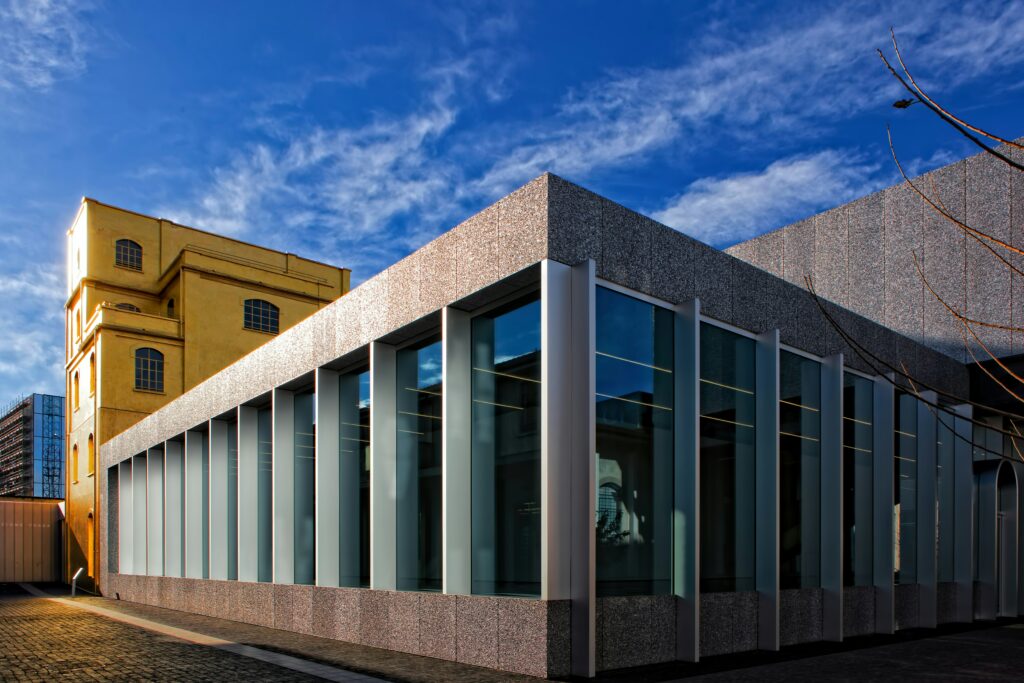Over the past 25 years, plastics have become increasingly prevalent in the built environment – largely due to the materials’ cost-effectiveness, relative ease of installation and purported recycling credentials.
However, a recent and concerning report by the Center for Climate Integrity has revealed that plastic producers have known for over 30 years that recycling plastic is not an economical or logistical waste solution while continuing to promote it as a solution to the plastic pollution crisis.
It is clear now that plastics won’t be able to compete with natural materials such as copper and aluminium which have proven to be infinitely recyclable. Both provide a sustainable solution for the future and as such, should form an essential part of our everyday lives.
This article takes a look at how both copper and aluminium are helping to create a more sustainable future through their various applications in our homes, hospitals, and transportation systems – and how their qualities compare to plastics when used in construction.

What do copper and aluminium have in common?
Metals are some of the most versatile materials on the planet and throughout history, many industries have come to rely on them in everyday life. Copper and aluminium are among the most common metals found in construction processes, alongside steel and iron – with both materials known for their long lifespan, high corrosion resistance, and recyclable qualities.
Thanks to their excellent resistance to corrosion, both copper and aluminium are extremely durable materials, and as such are ideal for use in building projects. Their long lifespan means that they are low maintenance and the more economical option over alternatives like plastics that may appear cheaper in the short term.
Both materials are also infinitely recyclable, making them very attractive for modern-day construction projects aiming to create sustainable buildings and spaces. Copper and aluminium can both be recycled and reused forever, without any loss of performance or properties. Recycling is a huge contributor to achieving a low-carbon world, helping to conserve energy and promote a circular economy through reducing waste.
The recycling of aluminium and copper reduces pressure on the environment, lessening the demand for pure materials to be extracted and reducing the emissions associated with mining, refining and processing. Not only does copper recycling use roughly just 15% of the energy required for mining and processing copper ore, but it is also believed to be around 13 times cheaper – demonstrating long-term economic benefits for the construction industry. Although some plastics can be recycled, most often end up in landfills or polluting our oceans.

What are the benefits of using copper and aluminium in construction?
It is evident that both copper and aluminium are essential materials in future-proofing our built environment. Copper has been used for centuries in construction projects – its strength is incomparable to other materials, and this makes it ideal for infrastructure that needs to withstand the test of time.
Copper’s primary usage lies within plumbing and heating systems, wiring for household electronics and appliances, exterior cladding, and exterior decorative features. It’s favoured for products that need to keep their integrity; with a much higher melting point than plastics, copper has a high level of resistance to deformation under stress and temperatures. Copper pipes have been found to last around 20 years longer than their plastic counterparts.
With anti-microbial properties, copper is also resistant to bacterial growth, making it the perfect material for use in hospitals and on public transport. It is used in medical piping and gas systems and is the material of choice on high-touch surfaces, preventing contamination and reducing infection rates. Thanks to its high conductivity, copper wiring is also used throughout transportation systems.
Aluminium is often used in large infrastructure projects due to its aesthetics and ease of installation; it comes in a wide range of colours and finishings and can be bent into many different shapes and profiles to suit different requirement. Its lightweight qualities mean that it is easy to fit and fabricate, making it flexible to accessibility needs.
A great thermal insulator, aluminium produces impressive energy efficiency, insulating against both hot and cold temperatures. With outstanding corrosion resistance, it is suitable for both outdoor and indoor applications including windows and door frames, cladding and roofing panels, structural features like beams and columns, staircases, and handrails. As a highly durable material, aluminium is resistant to pressure and therefore provides a safe and reliable solution for fittings and systems in transportation and public spaces.

Why choose metals over plastics for your construction project?
With the ability to be used time and time again without losing their original properties and features, metals are uniquely sustainable materials. As two of the few truly circular construction materials around, copper and aluminium serve as excellent alternatives to single-use materials like plastic, which generate huge amounts of waste and pollute our planet. By choosing to use metals over plastics in our built environment, we can ensure a more environmentally friendly future.
Guest contribution from the Copper Sustainability Partnership







